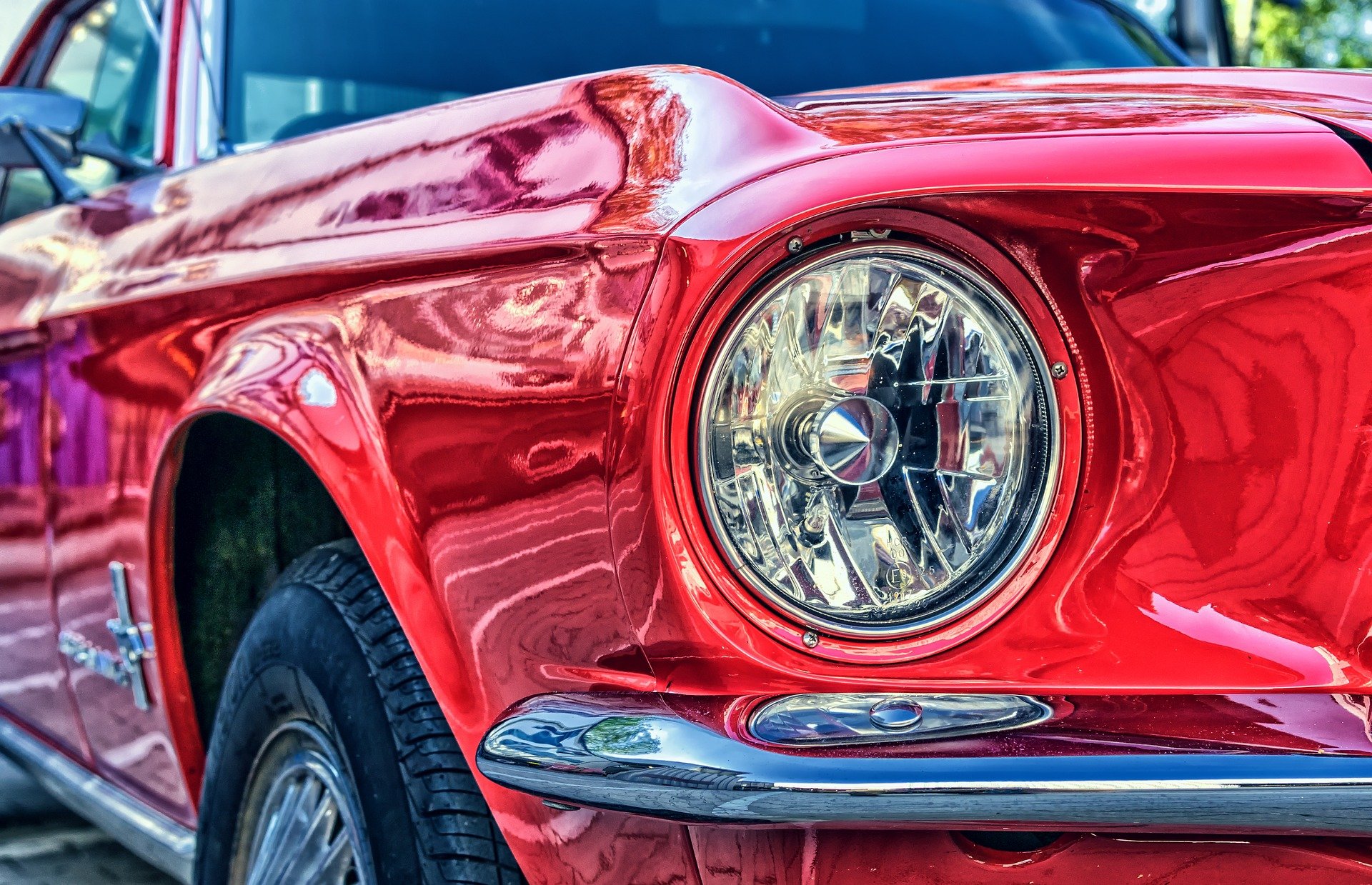The United States is one of the countries that have had the greatest influence on the formation of the modern automobile industry. Thou the history of the American auto industry is not finished and is still being written today. In this article, we would like to remember how the most famous American car brands were established and what it all leads to.
Production quality and employee motivation and engagement programs were a priority. Industry in 1980 undertook a five-year, $80 billion plant modernization and upgrading program.
The legacies of the American auto industry were a key force for change in the 20th century. During the 1920s, the industry became the backbone of a new consumer-oriented society. By the mid-1920s, it ranked first in product value, and in 1982 it provided one out of every six jobs in the United States.
In the 1920s the automobile became the lifeblood of the oil industry, a major consumer of the steel industry, and the largest consumer of many other industrial goods.
The first automobile was not made in America, but that did not prevent the development of the automobile industry in the United States. Practical Americans were among the first to produce cars for the widespread use and set up their mass production. The history of automobile manufacturing in the United States originated in the 17th-18th century when the first steam engines appeared. However, these models, as it is already known, were bulky and difficult to operate, which is why the companies producing them did not exist for a long time.
In 1890, Charles Duryea started production of the internal combustion engine, and in the nearest six years, there were already thirty cars with this engine produced in the USA.
Thirty American manufacturers produced 2,500 cars in 1899, and about 485 companies went into business the next decade. In 1908, Henry Ford introduced the Model T, and William Durant founded General Motors, two Marques, which until today boast one of the world’s most recognizable car logos, ever created.
The revolution in the American automobile industry is made by Henry Ford, whose active work began in 1913. The engineer creates an assembly line for the production of his first car Model T. Consumers liked the car and its quality, and quite an attractive price. Ford’s brainchild was appreciated first in America itself, where millions of such cars were released, and then all over the world. Ford company representative offices were opened in England and Germany.
The American auto industry operated in the expensive consumer goods market. With its vast landmass and inland areas of scattered and isolated settlements, the United States had a much greater need for machinery than did countries in Europe. The high demand was also supported by a much higher per capita income and a more equitable income distribution than in European countries.
Given the tradition of the American auto industry, it was also inevitable that vehicles would be produced in larger quantities at lower prices than in Europe. The lack of tariff barriers between states encouraged sales across a wide geographic region. Cheap raw materials and a chronic shortage of skilled labor early encouraged the mechanization of production processes in the United States.
The automobile industry in the United States went through different times. The 1930s, known as the period of the economic crisis in America, were especially difficult. However, many car companies survived. They became the main car manufacturers in the country. Their names are known even today. During the crisis, not only the famous Ford but also the companies Lincoln, Mercury, and Chrysler survived. Further automobile concerns divided (particularly Chrysler) and new names appeared on the horizon of the American automobile industry – Dodge, Plymouth, General Motors, Chevrolet, Pontiac, Buick.
It mostly includes events related to innovation and competition with the East. The U.S. auto industry in the 1980s underwent a major organizational restructuring and technological renaissance. Revolutions in management and downsizing of GM, Ford, and Chrysler resulted in companies becoming more flexible and leaner with lower break-even points, allowing them to profit at lower volumes in increasingly saturated competitive markets.
The automobile encouraged participation in outdoor recreation and contributed to the growth of tourism and tourism-related industries such as service stations, roadside restaurants, and motels. The modern city with its adjoining industrial and residential suburbs is a product of the automobile.
Transportation has changed the architecture of the typical American dwelling, the concept, and composition of urban neighborhoods, and freed many from the narrow confines of the home.



 Bitcoin
Bitcoin  Ethereum
Ethereum  XRP
XRP  Tether
Tether  Solana
Solana  USDC
USDC  TRON
TRON  Lido Staked Ether
Lido Staked Ether  Cardano
Cardano  Avalanche
Avalanche  Toncoin
Toncoin